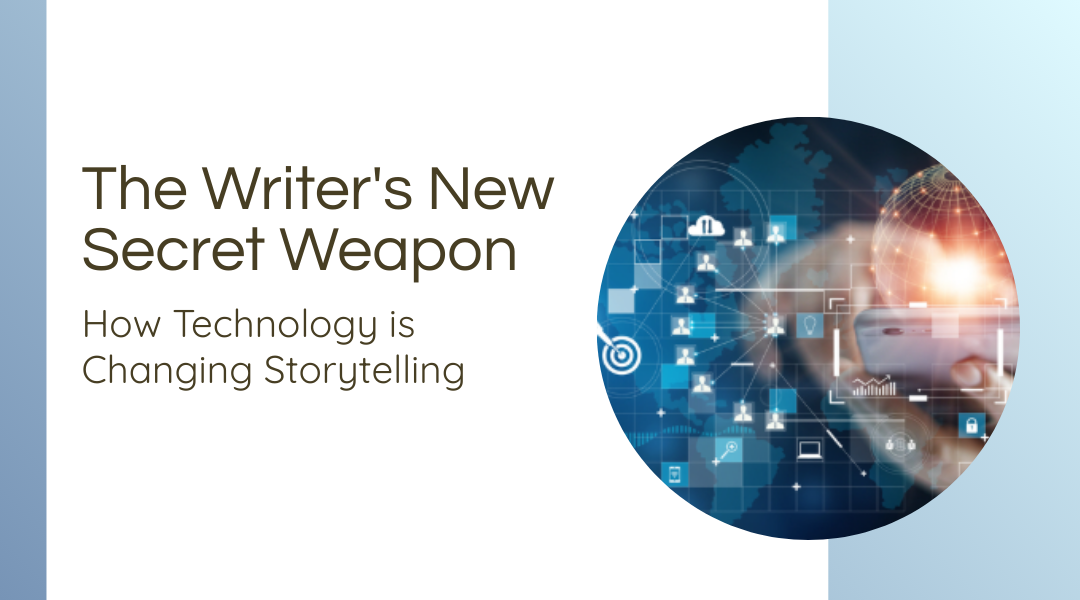Gone are the days when writers struggled alone with blank pages and stubborn characters. A new wave of digital tools is transforming the creative process, offering fresh ways to develop stories, craft dialogue, and structure narratives. These innovations aren’t replacing human creativity – they’re giving writers powerful new ways to bring their visions to life.
1. Breaking Through Creative Barriers
Every writer knows the frustration of hitting a wall. Now there are solutions that can help:
- When bestselling author Elena Rodriguez got stuck on her latest thriller, a writing assistant suggested three possible directions for her protagonist’s next move
- Historical fiction writer James Chen uses character builders to ensure his 18th century figures speak and act authentically
- Screenwriter Maya Patel relies on structure tools to balance plot points across her six-episode miniseries
2. Essential Digital Writing Companions
Today’s authors have access to remarkable resources:
For Developing Fiction:
- StorySpark – Generates narrative suggestions while maintaining the writer’s unique voice
- DialogueForge – Helps craft authentic conversations tailored to specific characters
- WorldBuilder – Creates consistent settings for fantasy and sci-fi epics
For Organizing Complex Projects:
- PlotMap – Visualizes story arcs with color-coded threads
- ResearchOrganizer – Compiles and indexes reference materials
- TimelineTracker – Keeps historical events and character ages consistent
For Creative Exploration:
- GenreBlender – Suggests unexpected combinations of story elements
- TwistGenerator – Offers surprising plot developments
- StyleMimic – Analyzes and adapts to an author’s unique prose patterns
3. Smart Collaboration Between Writer and Tool
The most successful writers use these technologies thoughtfully:
Effective Approaches:
- Use generated ideas as starting points, not final products
- Maintain control over key creative decisions
- Edit all suggestions to match personal style
Common Pitfalls:
- Over-reliance on automated content
- Losing the story’s emotional core
- Sacrificing originality for convenience
Industry veteran Michael Santos shares: “I might generate twenty opening paragraphs before finding one that sparks something truly mine. The technology gives me options, but the choices remain mine.”
4. What’s Next for Digital Storytelling
Emerging developments writers should know about:
- Adaptive Learning Systems that study individual writing habits
- Interactive Story Platforms where readers influence narratives
- Cultural Sensitivity Checkers that flag potential issues
- Multilingual Composition Tools that preserve voice across translations
5. Making Technology Work for You
Practical steps for writers:
- Start small with one new tool
- Set clear boundaries for its use
- Always revise generated content
- Protect your unique creative voice
As novelist Priya Kapoor observes: “These tools are like having a brilliant but eccentric research assistant. They bring me incredible material, but I have to shape it into something that’s truly my story.”
The most compelling stories still come from human experience and imagination. These new technologies simply provide fresh ways to unlock that creativity. The writer’s voice remains central – the tools just help that voice be heard more clearly.
